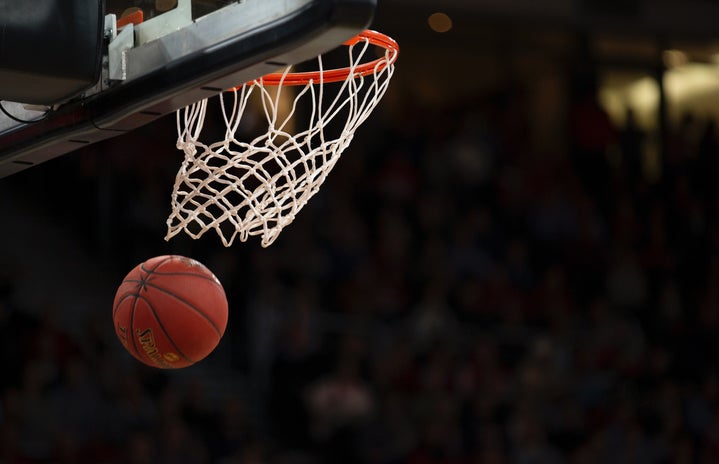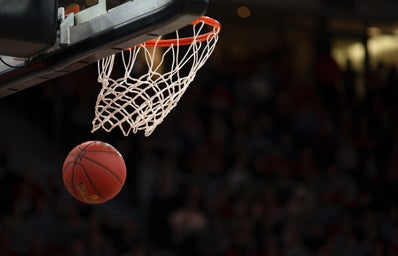As the buzzer of the NCAA women’s national championship game sounds, it marks the end of a historic season for women’s college basketball. This past season (2023-24), women’s college basketball soared in popularity compared to past years and set records that blew even men’s college basketball out of the water. The national championship game between Iowa and South Carolina on April 6 drew nearly 19 million viewers, shattering records to become the most-watched women’s college basketball game in history. The game not only exceeded the viewership of the men’s final between Purdue and UConn by more than 4 million viewers, but it was also the most-viewed basketball game of the past five years, among both college and professional basketball.
This increase in popularity of the sport is undeniably in part due to the sensational play of Caitlin Clark. She has become a household name that has brought millions of new fans to the sport. Clark had 400 points, 128 assists, and 61 3-pointers in 14 career games in the NCAA tournament and has become the NCAA’s men’s and women’s all-time leading scorer. Her contribution to women’s basketball is indisputable, but she is not the only star player that women’s NCAA has seen this year. Clark plays in the company of many other standout players like Angel Reese, Paige Bueckers and Juju Watkins, to name a few. The hard work and dedication that these women have put into the sport of basketball has not only led to a gained attraction to the sport, but has inspired children across the country.
But as much as these women and those before them have done for the sport, gender inequality in sports still persists. While women’s sports have been steadily increasing in popularity since the passing of Title IX in 1972, which prevents sex-based discrimination in educational activities, there is still a large disparity of coverage in men’s and women’s sports in the media. The assumed gender when speaking about any sport in the U.S. is male, unless there is the word “women’s” in front of it — NBA vs. WNBA, March Madness vs. Women’s March Madness, World Cup vs. Women’s World Cup, etc. When speaking about women’s sports, we must specify, whereas men’s sports are still considered the default.
While the average viewing statistics from this year may not be equal to the viewership of the men’s NCAA tournament, the gap has closed a lot. “I’ve said it before that it’s been intentional to hold women’s basketball back. It’s no longer intentional anymore because they see we’re bursting at the seams,” South Carolina’s coach Dawn Staley said. She continued, “We just want to be treated as a sport. We just want an opportunity to be seen, and I do feel like there has been — it’s been very intentional to put us on TV.” The increase in media coverage has helped women’s basketball gain more attraction and attention. In 2022, the most common reason people gave for not watching female sports was the lack of coverage. Male players used to be the only ones getting any time in the media spotlight, but that has begun to change. “When a men’s player does some fantastic thing it gets covered on talk radio and ‘SportsCenter.’ You’re seeing that now on the women’s side and it becomes water cooler conversation,” said Sara Gotfredson, who founded the Trailblazing Group, a Los Angeles marketing firm that specializes in commercial partnerships in women’s sports.
Moreover, the transformative influence of women’s college basketball on the sporting landscape cannot be overstated. It has become a beacon of empowerment and inspiration, a dynamic sport that has reshaped perceptions and shattered barriers for women in athletics. Through the courage and determination of athletes like Caitlin Clark, the sport has not only elevated the level of competition on the court but catalyzed a cultural shift in how we view women’s sports. In the end, women’s college basketball is not just a game — it is a testament to the power of perseverance and the limitless potential of every individual.


